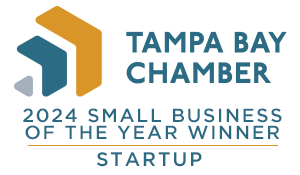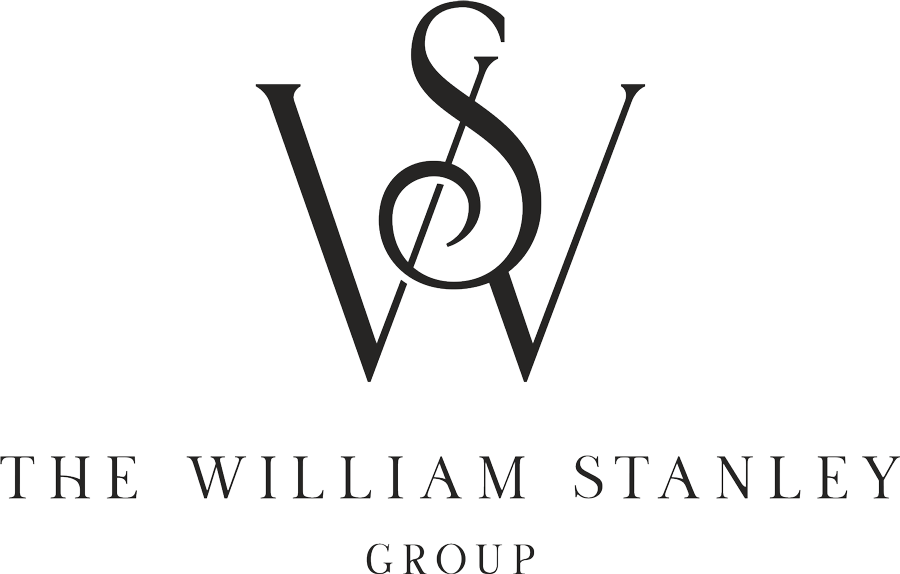We’ve all heard it before: you can’t outrun a bad diet.
No matter how many spin classes you sweat through, if you’re pounding milkshakes and mozzarella sticks like it's your full-time job, you’re not going to see real progress.
And guess what?
Business works the same way.
Everyone loves to talk about revenue.
Revenue feels exciting. It feels powerful.
It’s the sprint. The adrenaline rush. The high-five after a big sale.
But if your cost structure isn’t healthy — if you're spending like a TikTok influencer on payday — you’re setting yourself up for a crash.
You can’t outgrow a bad cost structure.
Period. Full stop. No amount of new sales, customers, or "explosive growth" will save you if the foundation underneath is crumbling.
Revenue is Exercise. Cost Structure is Your Diet.
Think of it like this:
-
Revenue is exercise. It’s vital. It drives energy, momentum, and strength.
-
Cost structure is your diet. It’s the daily discipline that determines whether you’re building something sustainable — or setting yourself up for a fall.
Revenue without cost control is like running a marathon while eating ten cheeseburgers mid-race.
Fun to watch? Maybe.
Effective? Not even a little bit.
Why Revenue Growth Matters — But Cost Control Always Matters More
Let's be clear: revenue growth is important.
Critically important. Especially during startup and scale-up phases.
At that point, it’s all about getting out of the gates strong — building market share, landing customers, and proving your concept.
Even once you’re past the "just trying to survive" stage, growth doesn’t stop being important.
Markets shift. Competitors pop up. Customer expectations change.
If you’re not growing — or at least evolving — you’re falling behind.
But here's the thing:
Cost control isn't seasonal.
It’s not a "nice to have" you pull out when sales slow down.
It’s a non-negotiable.
Revenue gets the headlines.
Cost control keeps the lights on.
The Hidden Danger of "Revenue First" Thinking
When businesses chase revenue without caring about costs, bad things happen. Fast.
🔹 They overhire.
Everyone's cousin, neighbor, and dog gets a desk. Payroll balloons — and profitability gasps for air.
🔹 They bloat their overhead.
Bigger offices. Fancier furniture. Software subscriptions stacked taller than a Jenga tower.
🔹 They erode their margins.
Revenue climbs... but somehow, there's less money left at the end of the month.
It’s the corporate version of eating whatever you want because "you worked out today."
(Trust me, that math never math’s.)
If your foundation is weak, scaling just exposes it faster.
How to Grow Profitably (Without Breaking the Bank)
We love growth.
We're pro-revenue.
But healthy growth is intentional. Strategic. Controlled.
It’s the difference between bulking for muscle versus just...well, bulking.
Here’s the playbook:
1. Build a Scalable Cost Structure First
Before you hire your next 10 people or sign that lease for your "future-proof dream office," ask yourself:
-
Are our processes actually ready for growth?
-
Are we staffed for where we are — not just where we hope we’ll be?
-
Are we squeezing every ounce of value out of what we already have?
Growth should feel like building a skyscraper — not stacking Jenga blocks.
Pro Tip: If adding more people doesn’t fix your bottlenecks today, it definitely won’t fix them at twice the size.
2. Obsess Over Gross Margin
Topline revenue gets all the love.
But gross margin is where the real party’s at.
If you can expand your gross margins — by pricing smarter, operating leaner, and managing direct costs like a boss — you can grow profitably without chasing every shiny new dollar.
More sales + better margins = real money.
Pro Tip: High revenue with low margin is just an expensive hobby. High margin with solid revenue? That’s a business.
3. Forecast Like Your Life Depends on It (Because It Kinda Does)
Optimism is charming.
But financial forecasting is not the place for blind hope.
Run the numbers. Then run them again — but worse.
What happens if you miss your revenue target by 10%? 20%?
Still standing? Good.
That’s how you build a business that survives real-world conditions, not just blue-sky planning sessions.
Pro Tip: Hope isn’t a strategy. A cash flow forecast is.
4. Tie Spending to Proof — Not Promises
Stop hiring "for the future."
Stop spending because you "feel ready."
Tie big investments to hard numbers:
-
Hire when current staff are maxed out and still crushing targets.
-
Expand when current operations are bursting at the seams — and profits are holding strong.
-
Spend like an investor, not a dreamer.
Earn the right to spend.
Don’t just spend because you can.
Pro Tip: "If we build it, they will come" belongs in the movies. Not in your business plan.
The Hard Truth: Revenue is Flashy. Discipline is Freedom.
Hiring is fun. Big offices are sexy. Telling your friends you’re "scaling like crazy" feels good.
You know what else feels good?
Not laying awake at 3 AM wondering how you’re going to make payroll.
The companies that win — really win — are the ones who manage costs with the same ferocity they chase revenue.
They run lean.
They invest wisely.
They grow when they’re ready — not just because they feel like it.
It’s not glamorous.
But it’s how real, lasting success is built.
Final Thought: You Can’t Scale What You Can’t Sustain
In fitness — and in business — it’s the fundamentals that win.
Not the flashy stuff. Not the shortcuts.
You can’t outrun a bad diet.
And you can’t outgrow a bad cost structure.
Revenue is important. Growth is critical.
But discipline?
Discipline is everything.
✅ Build your foundation first.
✅ Manage your costs ruthlessly.
✅ Grow when you're ready.
That’s how you win — not just for a season, but for the long haul.
📢 Need Help Building a Healthier Business?
If you're ready to build a smarter, stronger, and more profitable business — let's talk.
At The William Stanley Group, we specialize in helping companies scale sustainably, profitably, and smartly.
Because real success isn’t about running harder.
It’s about building smarter.




